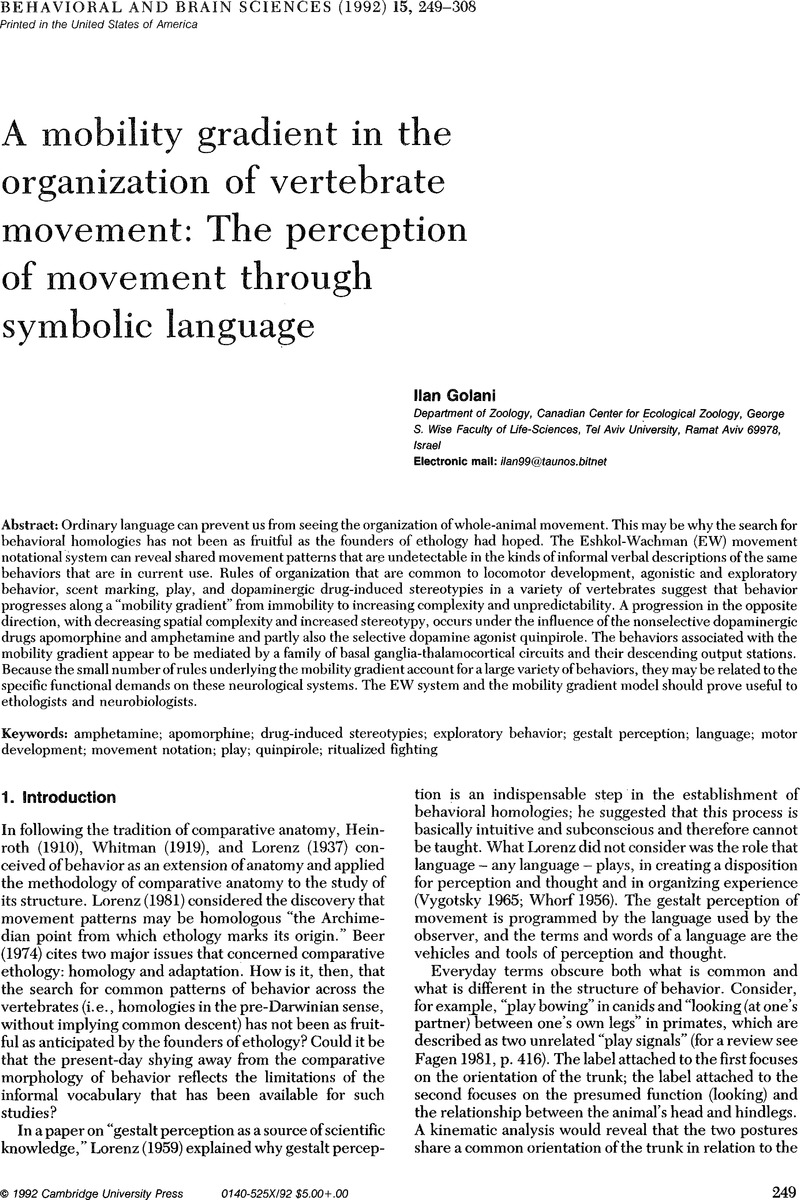Crossref Citations
This article has been cited by the following publications. This list is generated based on data provided by Crossref.
Bekoff, Marc
and
Allen, Colin
1992.
Intentional Icons: Towards an Evolutionary Cognitive Ethology.
Ethology,
Vol. 91,
Issue. 1,
p.
1.


